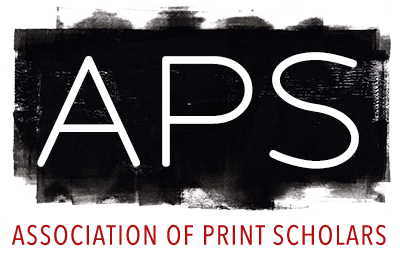Between the fourteenth and early seventeenth centuries, Florentines wrote extensively, committing their personal and business exchanges to ink on paper, even while thinking about wealth not in terms of metallic coins but rather in terms of abstracted moneys of account. In and well beyond Florence, Renaissance artists across Europe worked with gold and silver, wax and wood, sound and space to create both tangible and intangible cultural heritage. This panel seeks to revisit the "material turn" in the humanities and to recouple Renaissance materiality to the immaterial. Thus we ask about the spatial, technical, ritual, and institutional framings of any material work of art and about the past voices, phantom performers, and music that enlivened plays, dances, processions, liturgies, and other events. We seek to incite more performative, active imaginings of various objects in their artworlds—books, musical instruments, tools, pigments, dye woods, lead type, copper plates, among much more—and the artists who once manipulated them, breathed on them, and performed before them.
Proposals will also be considered for a special issue of Arts journal co-edited by Lisa Pon (USC) and Kate van Orden (Harvard).
Please email 150-word abstract and 200-word cv to lisapon@usc.edu and vanorden@fas.harvard.edu before AUGUST 1.
